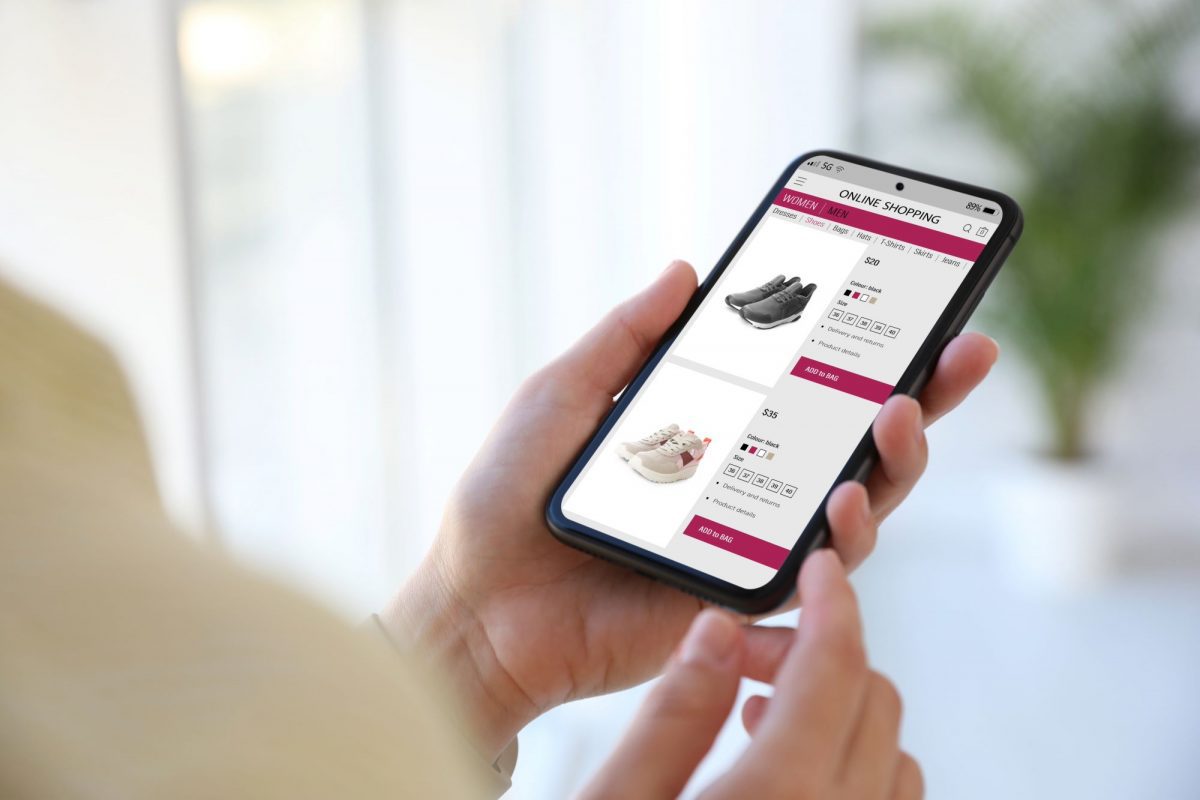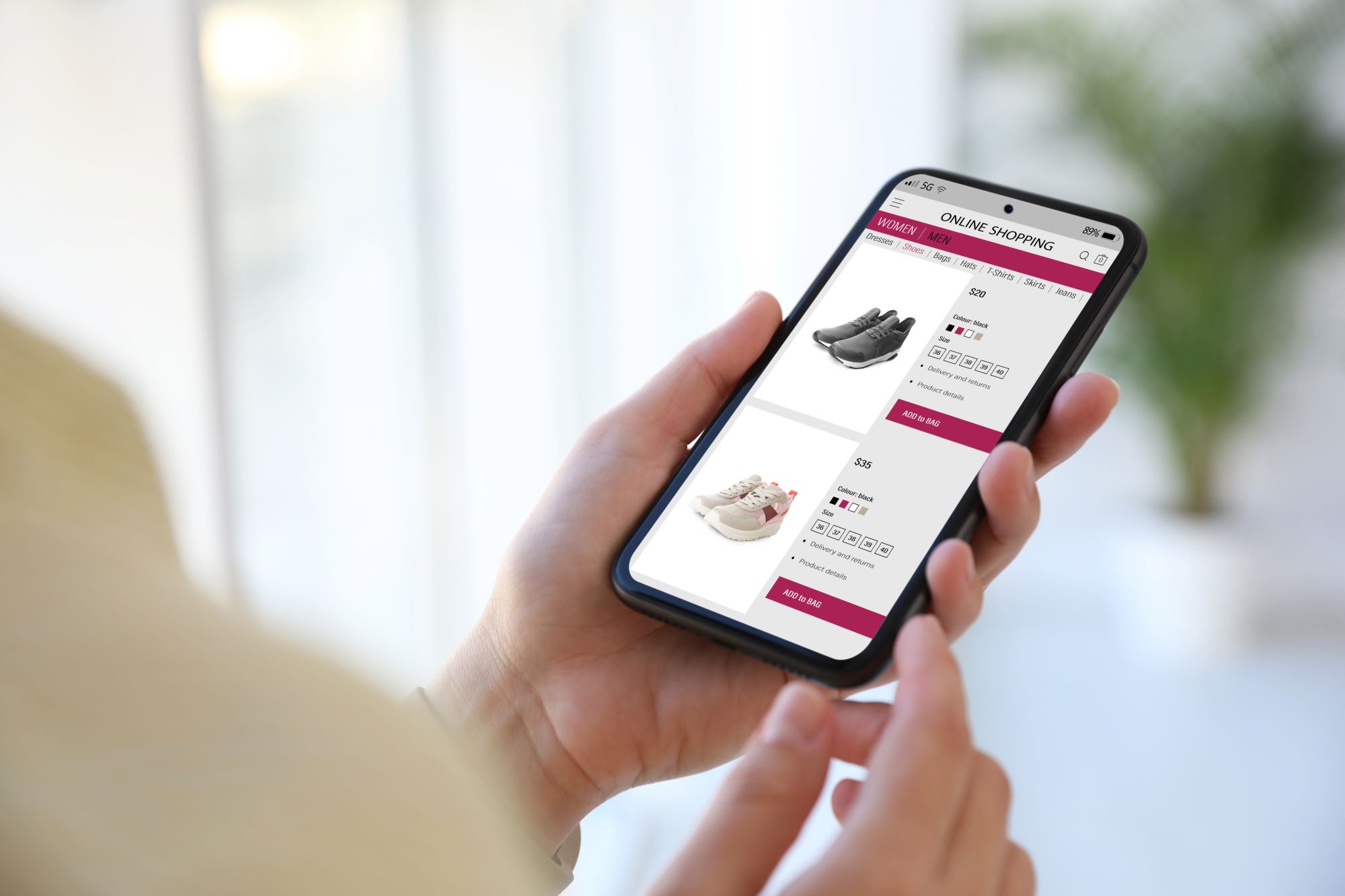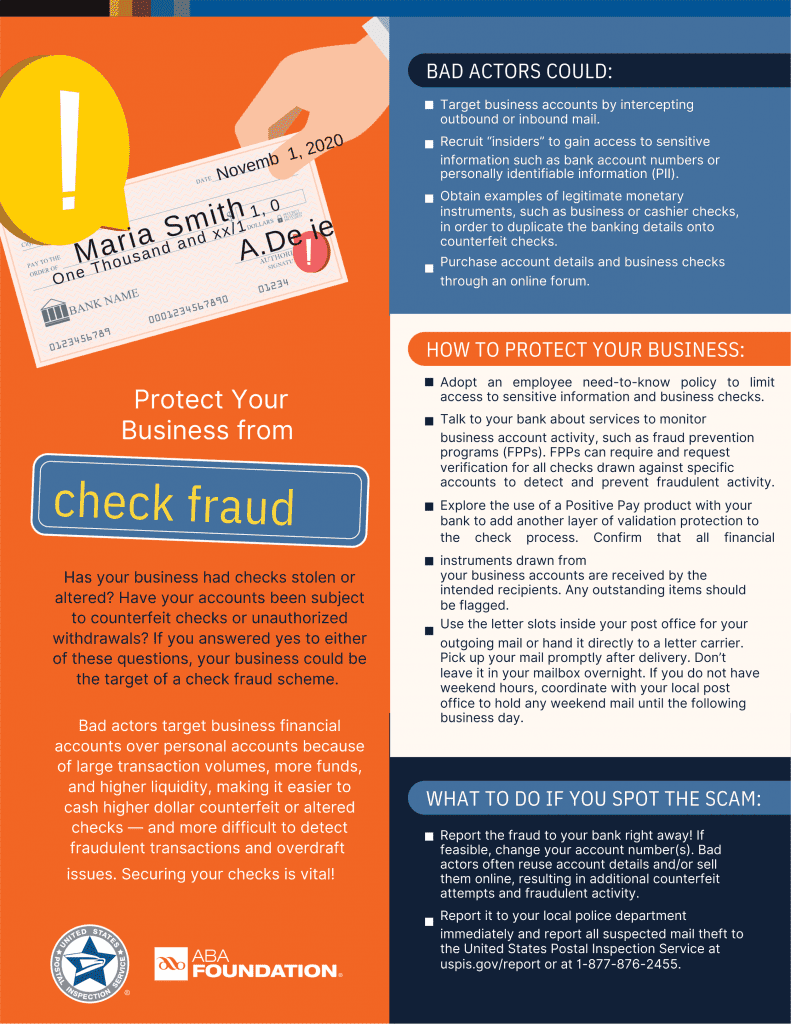
1. Both credit and debit cards have physical safety features – this includes the microchip embedded in each card, which we all generally now use (either by tap-to-pay or by inserting the card) instead of the magnetic strip. The microchips generate a unique code for every transaction, making fraudulent or unauthorized use easier to prevent.
2. There’s also the security code on the back of your card, often required for online purchases. This requires the purchaser to have the physical card, as opposed to seeing (or perhaps overhearing) the card number and expiration date.
3. There is one security advantage that shopping with credit cards (as opposed to your debit card) can provide: fraud or unauthorized activity on your credit card doesn’t directly affect your bank account balance because it is a credit product; not an access device directly linked to your deposit account. This provides a little more ease and time in working with your card issuer to resolve the fraudulent or unauthorized charge – your money is still in your bank account, not tied up in a dispute.
4. Enable two-factor authentication (2FA) on your banking or credit card app(s). Many financial apps and websites require this security step these days – when you log in, a number code is sent to your mobile device to provide additional proof that you are, in fact, yourself. With 2FA, a fraudster would need your username, your password, and your phone in order to access your bank account or credit card. Difficult, but not impossible. That is why your bank or card issuer will always direct you to never share your authentication code with anyone.
5. Monitor your bank and credit card statements regularly. Our personal advice is to make checking your banking and credit card apps a daily habit. A quick review of your most recent transactions takes only a few seconds each day. If you see something that doesn’t look right, contact your bank or credit card issuer right away to get it sorted out.
6. Set up alerts. You can set your phone’s banking or credit card apps to alert you for every bank or credit card transaction, or for more specific parameters like transaction types or locations.
7. Avoid public Wi-Fi – especially when logging in. Everybody likes to use the Wi-Fi at the café, especially if you have limited data! — but it’s much safer to access sensitive financial information on a secure network. Scammers have been known to set up shop at cafes, dining halls, airports, and libraries, collecting data from everyone on the network. You should especially avoid entering your mobile banking username and password while on public Wi-Fi.


